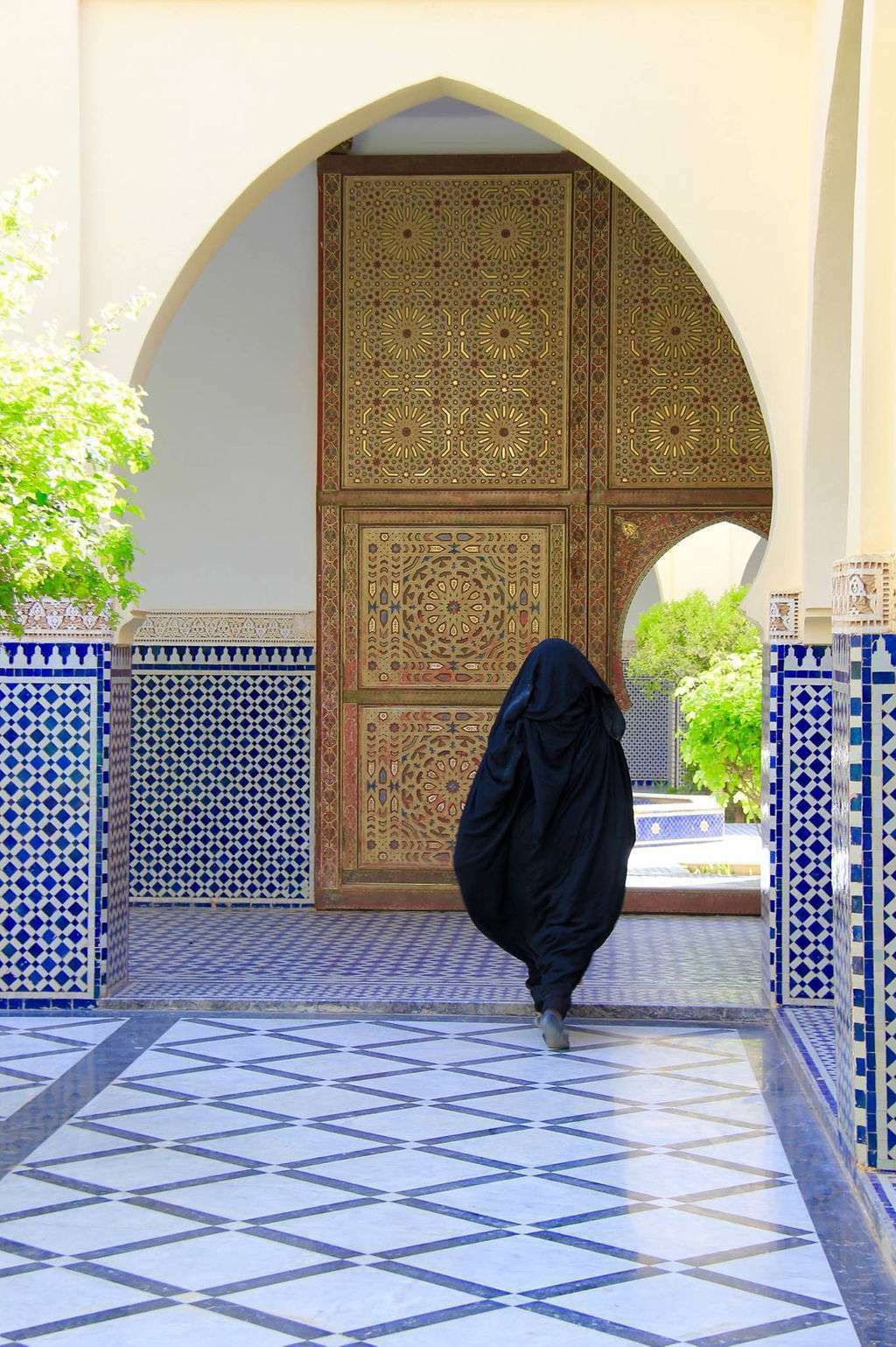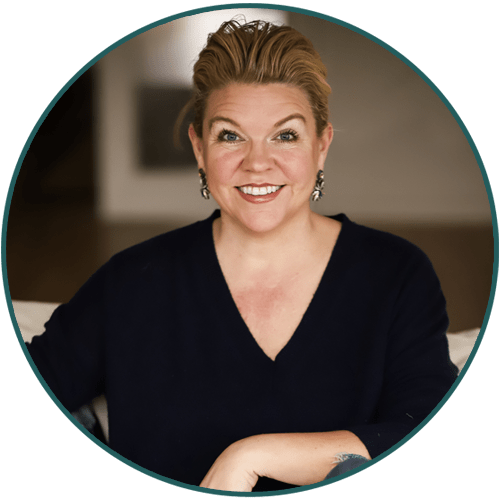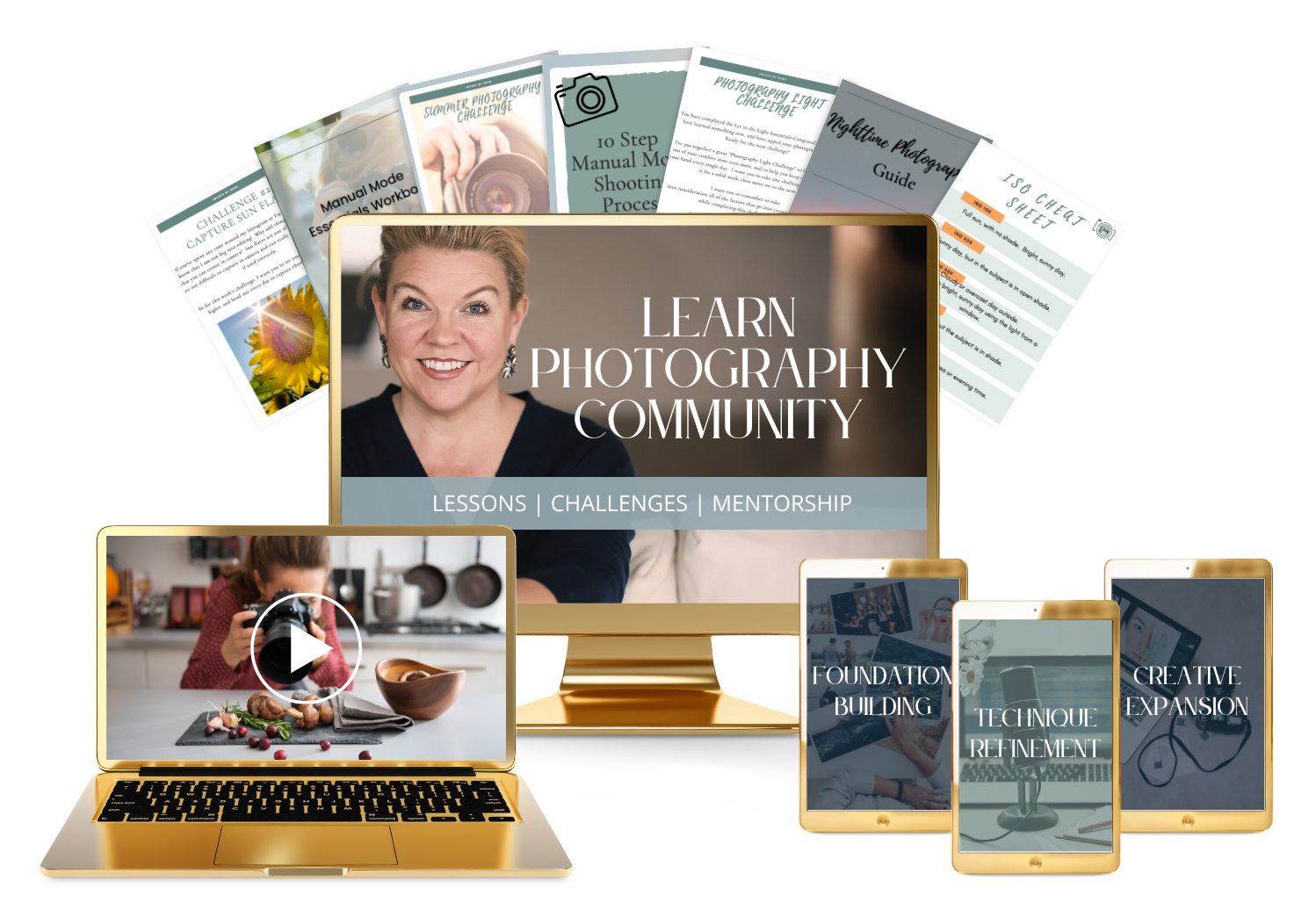One question that I am always asked when talking about photography is what is camera aperture? And, what aperture do I use? And when? It’s not as difficult as it may seem, and the aperture is actually more about your lens than your camera.
Aperture is one element of the exposure triangle and controls the depth of field. If you think about your camera in terms of an eye, the aperture is like the pupil. Aperture is the hole in which light enters the camera. The lens on your camera will determine the aperture range that you can shoot.
When looking in your camera, you see an “f” and then a number. This “f” and number is telling you your aperture. The lower the number, the bigger the hole, the more light that comes in, resulting in only a small portion of your photo being in focus. This helps you achieve those pictures with the blurry background. The higher the number, the smaller the hole, the less light that comes in, resulting in more being in focus.
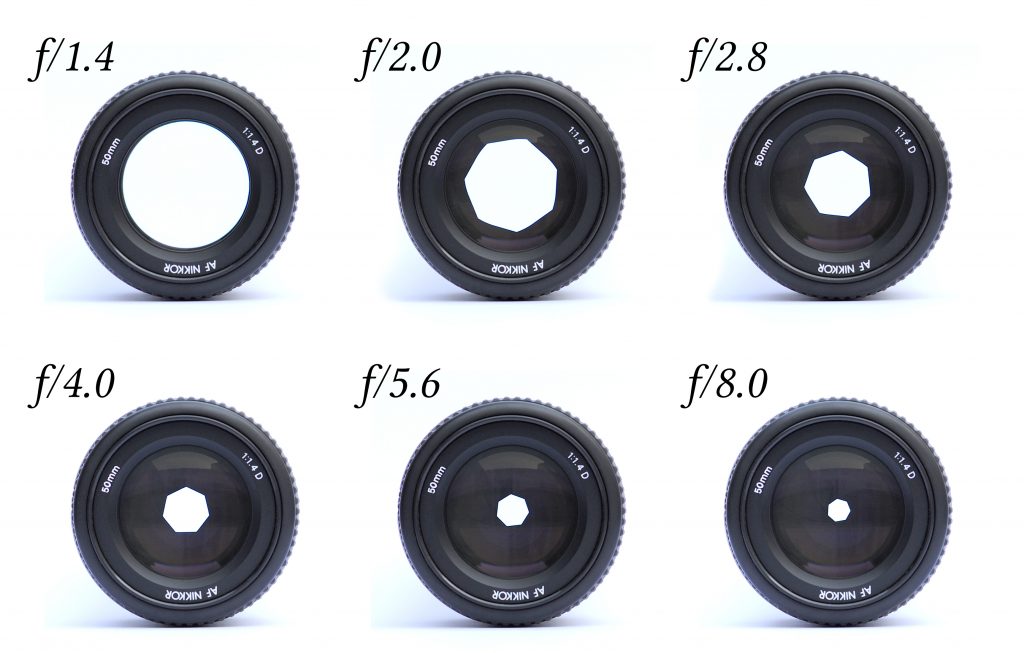
Shooting Wide Open – Larger Camera Aperture
Shooting a larger aperture—F1.8-2.5 means more light will come into the camera, and there will be less focus in your photo. Shooting “wide open” – when I say “wide open,” I mean to shoot at a 1.4-2.8-can be incredibly forgiving as you don’t see a lot of what’s happening in the background.
It’s the perfect way to shoot when you are all home together, and you want the focus to be isolated on one thing and not say, on the mess in your kitchen, the laundry on your couch, or the television that’s on in the background…oh sorry, maybe that’s just my house! But, it can also be challenging to achieve a tack-sharp focus. Shooting at this aperture is great when you have one subject that you’d like to be in focus! Portraits and baby photos are often shot wide open.
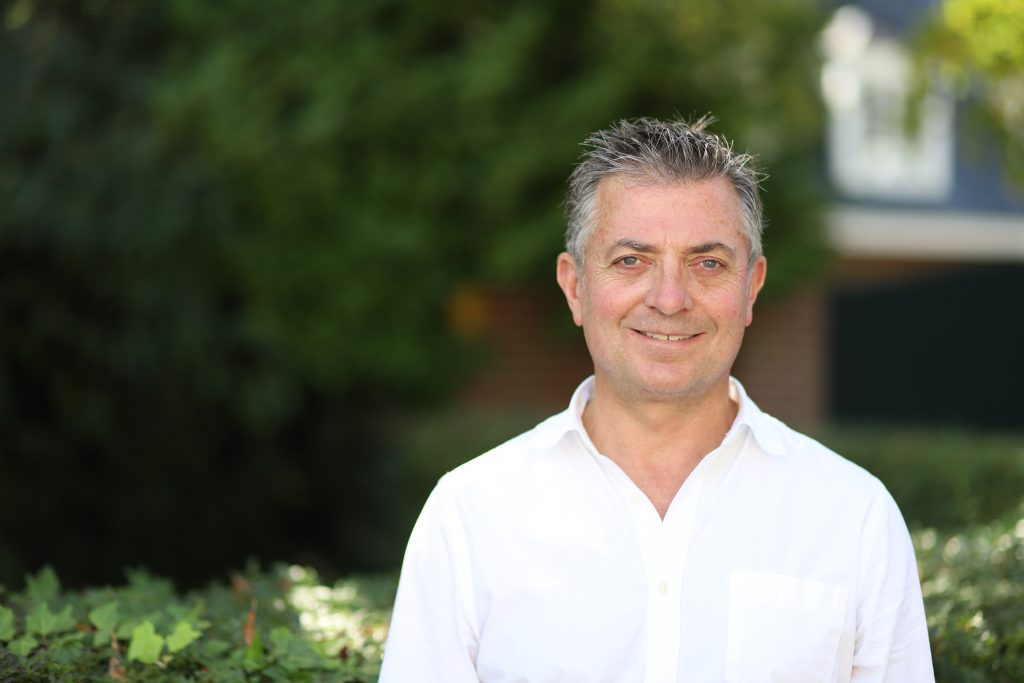
When shooting wide open, remember to keep some distance between your subject and the background.
Smaller Camera Aperture
Shooting a lower camera aperture-F16-22 means less light will come in and more focus. This is often confusing to photographers just starting out in manual. Keep in mind that the smaller the number, the bigger the hole.
So, when do I use what you may ask? I tend to set my aperture based on what I am shooting. If I am shooting one subject and want that beautiful, buttery, blur behind the subject, I will shoot wide open, meaning an f1.8-f2.5. I focus on the subject that I want to be clear and in focus, I make sure there is a bit of distance between my subject and the background, and the lens creates that soft buttery background.
I shoot at a more narrow aperture when I am shooting landscapes and want everything to be crisp and clear. If I am on vacation and I want every detail of a building or monument in focus. A narrow aperture is perfect for photographing a larger group of people.
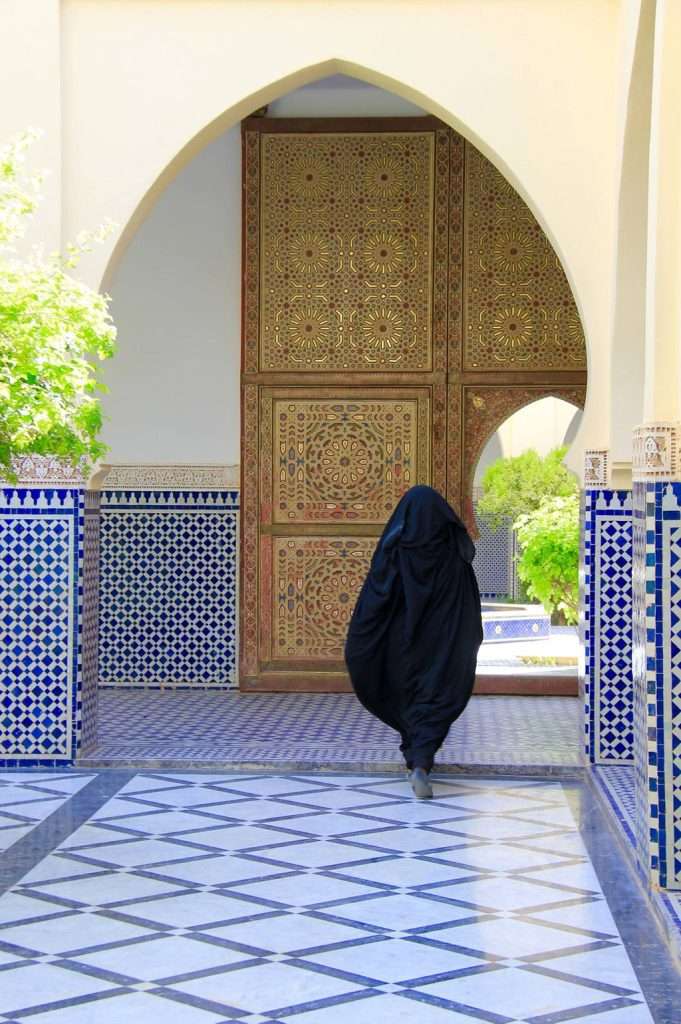
Aperture is not as difficult as it seems and truly makes all of the difference in your photography! If you can control the aperture, you can turn an average photo into an extraordinary, professional-looking image!
If you want to know more about camera aperture and the rest of the exposure triangle, grab The Manual Mode Essentials Ebook. You will be amazed at how quickly you begin to see a difference in your photos.
And, if you know of someone else who would love to learn more about photography, spread the word! Share with us on Facebook!

